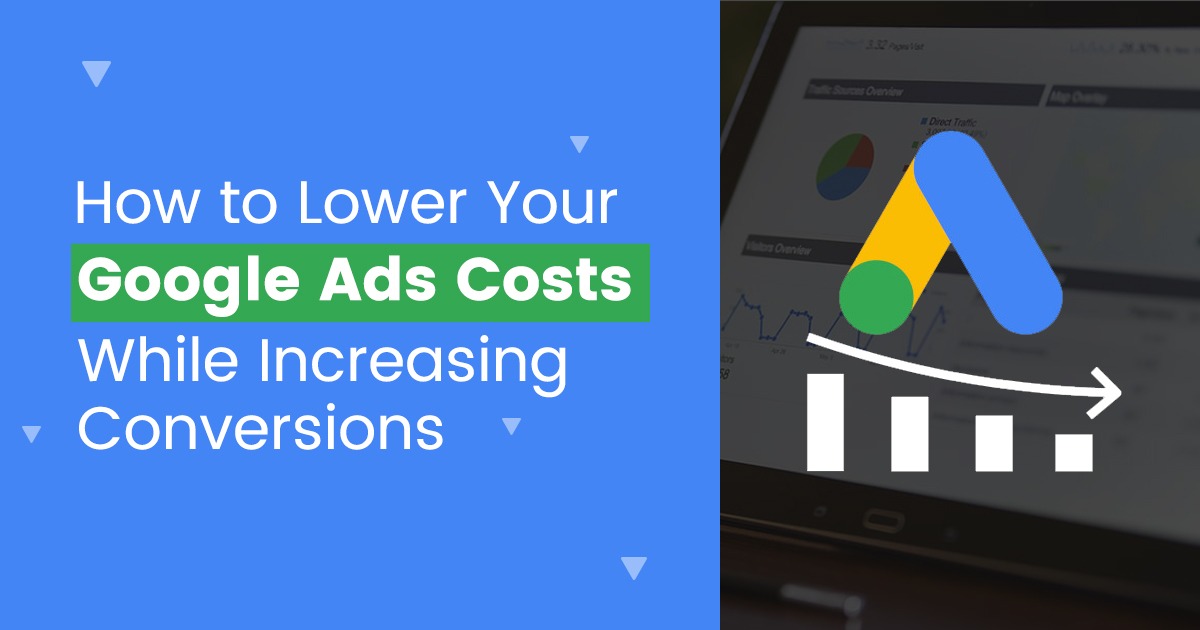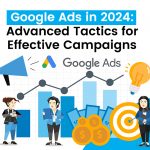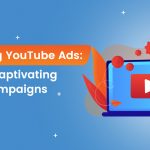How to Lower Your Google Ads Costs While Increasing Conversions
|
Getting your Trinity Audio player ready...
|
How to Lower Your Google Ads Costs While Increasing Conversions
Google Ads is one of the most powerful tools in digital marketing, allowing businesses to reach potential customers precisely when they’re searching for related products or services. However, as valuable as it can be, it’s also easy for costs to spiral out of control. Fortunately, with the right strategies, you can reduce your Google Ads costs while simultaneously increasing conversions. Here’s how to optimize your Google Ads campaigns for better efficiency and return on investment (ROI).

1. Improve Your Quality Score
The Quality Score is one of the most important metrics in Google Ads. It’s based on the relevance and usefulness of your ads, keywords, and landing pages to users. A higher Quality Score can lead to lower cost-per-click (CPC) and better ad positions, resulting in more clicks for less money.
- Ad Relevance: Ensure that your ads closely match the intent of the searcher’s query. Avoid using broad keywords that may attract irrelevant traffic.
- Expected Click-Through Rate (CTR): Write compelling ad copy that encourages users to click on your ad.
- Landing Page Experience: The landing page you direct users to should provide a seamless experience, match the ad content, and load quickly. If your landing page aligns with user intent, you’re more likely to see higher conversions.
2. Use Negative Keywords
Negative keywords are terms for which you don’t want your ads to appear. By excluding these irrelevant searches, you ensure that your budget is not wasted on clicks that are unlikely to convert. For instance, if you sell premium furniture, you might want to exclude terms like “cheap” or “free” to avoid users looking for budget options.
- Regularly review your search term report to identify keywords that drive irrelevant traffic.
- Add those terms as negative keywords to refine your targeting and reduce unnecessary spend.
3. Refine Your Targeting
Google Ads allows for detailed targeting options, and refining these settings can drastically reduce costs while increasing the likelihood of conversion.
- Location Targeting: Narrow down the geographic regions where your ads appear to areas with the highest conversion rates. Avoid showing ads in locations that do not bring in valuable traffic.
- Device Targeting: Depending on your product or service, certain devices may perform better than others. For instance, if your landing page performs poorly on mobile, focus more on desktop users until mobile optimization is completed.
- Demographic Targeting: Use data to target specific age groups, genders, or income brackets. Adjust your bids based on the demographics most likely to convert.
4. Optimize Ad Scheduling
If your business notices certain times of day or days of the week result in better conversion rates, adjust your ad scheduling to reflect this.
- Ad Scheduling: Review your performance data to see when your audience is most active. You can then set your ads to run only during these high-conversion periods, avoiding times that are less profitable.
- Dayparting: You may notice better conversion rates during certain hours. By focusing your budget on peak times, you can reduce costs while driving more qualified traffic.
5. Experiment with Ad Formats and Extensions
Ad formats and extensions can significantly increase your ad’s visibility and click-through rates without increasing your costs.
- Responsive Search Ads (RSAs): These allow Google to automatically test different headlines and descriptions to show the best-performing combinations. This can help improve relevance and CTR, resulting in lower CPC.
- Ad Extensions: Add call extensions, sitelink extensions, or structured snippets to your ads. These additional elements give users more reasons to click, increase ad real estate, and improve your ad’s overall performance without increasing your bid.
6. Leverage Bid Strategies
Google Ads provides a variety of automated bid strategies designed to help you achieve specific goals, whether it’s maximizing clicks, conversions, or setting a target CPA (cost per acquisition).
- Maximize Conversions: This strategy adjusts bids in real-time to get as many conversions as possible within your budget. If your campaign has enough historical data, it can help reduce overall costs while driving more results.
- Target CPA: Set a specific amount you’re willing to pay for each conversion. Google will automatically adjust your bids to hit that target, helping you control costs while maintaining conversions.
- Target ROAS (Return on Ad Spend): If your goal is to generate a specific return, set a target ROAS. Google adjusts bids based on your target return, ensuring you maximize your ad spend efficiency.
7. Test and Optimize Landing Pages
Even with the most refined targeting and perfectly crafted ads, you won’t see conversions if your landing pages aren’t optimized for the user.
- A/B Testing: Continuously test different landing page variations to identify what works best. You can test elements like headlines, images, calls-to-action (CTAs), and form lengths to find the most effective combination.
- Page Speed: A slow-loading landing page can cause users to bounce before they even engage with your content. Use tools like Google PageSpeed Insights to identify areas of improvement.
- Mobile Optimization: Ensure that your landing page works smoothly on mobile devices, as mobile traffic continues to grow. A mobile-friendly design can improve conversion rates significantly.
8. Monitor and Adjust Your Budget Regularly
Regularly reviewing your campaign performance is essential to identify what’s working and where you’re overspending. You can then reallocate your budget to the highest-performing areas.
- Pause Low-Performing Campaigns: If certain campaigns or ad groups aren’t delivering results, consider pausing them. Shift your budget to campaigns that drive better results.
- Bid Adjustments: Use bid adjustments to increase or decrease bids based on location, device, or audience performance.
9. Use Conversion Tracking and Attribution Models
Tracking your conversions helps you understand which keywords, ads, or landing pages are driving results. It also allows you to optimize future campaigns effectively.
- Set Up Conversion Tracking: Make sure you’re tracking key actions such as form submissions, purchases, or phone calls. This data is essential for determining campaign performance.
- Attribution Models: Explore different attribution models to understand the value of each touchpoint in the customer journey. By understanding how different ads contribute to conversions, you can better allocate your budget.
Lowering your Google Ads costs while increasing conversions requires a strategic approach. Focus on improving your Quality Score, refining targeting, optimizing landing pages, and testing different strategies to find the most effective methods for your business. By implementing these techniques and continuously monitoring your campaigns, you can drive more conversions while maximizing the efficiency of your ad spend.

 Previous Post
Previous Post Next Post
Next Post